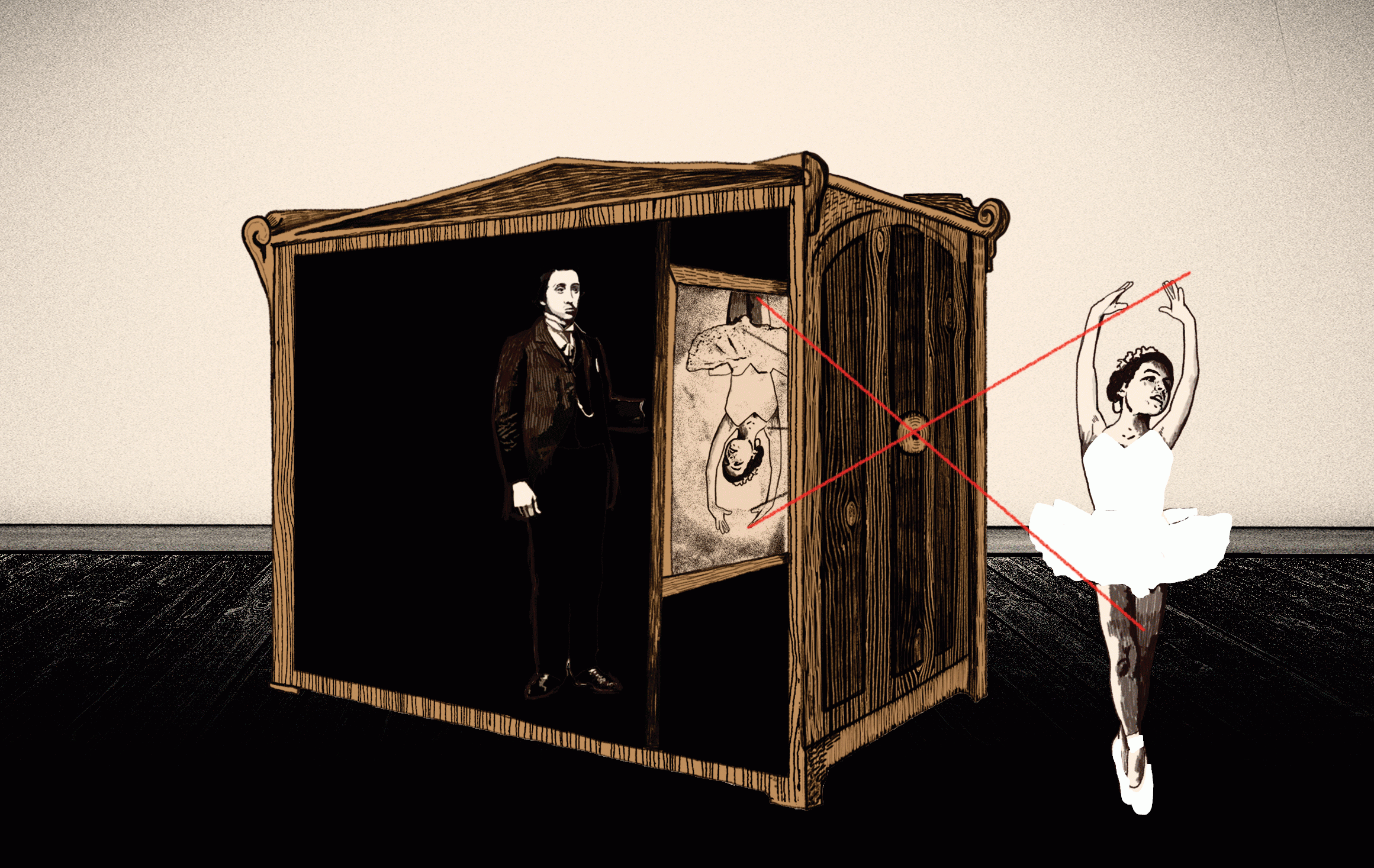

When I started as a “computer guy” at the Metropolitan Museum of Art, I thought of an art museum as a quiet place where pretty things hang politely on the wall, and art objects as the product of a singular genius I could never understand. Then I learned about camera obscura, a simple box with a pinhole for light to pass through. This device, often utilized to view solar eclipses, was used by portraitists as early as the 17th century to create likenesses of photographic quality. I wondered, “Isn’t that cheating?”
I started asking more questions, learning how artists availed themselves of the latest technology and tools to push their craft to greater heights of expression. I learned about the possibility that Dutch master painter Johannes Vermeer may have used a camera obscura to aid his genius. I then realized that all art is made by makers.
As a “museum insider,” I can tell you that many museum professionals are thinking hard about how to remain relevant, without “dumbing down” or compromising their integrity. I’m convinced that the answer lies not in adding flashy new tech to their galleries, but by direct engagement with the maker community.
Creative, curious, hands-on masters of the tools at their disposal. That sounds like a description of both artists and makers. To the maker definition, I’d also add a deep commitment to teaching and sharing, which is what museums also do. This is why, in my role as the manager of the MediaLab at the Met, I’m so interested in increasing communication between the maker community and the museum community. Makers could be the museum’s “power users” — returning frequently, looking carefully, questioning bravely, and most importantly, sharing widely.
Remembering that all art is made by makers, the museum’s rich collections and deep expertise reward power users. I challenge every maker to befriend a curator, conservator, or educator at their local art museum. Cupcakes help. You’ll find that many of them are happy to drop the art-speak to answer questions of a more practical nature: How was this sculpture made? How did the artist achieve that exquisite polish, that gravity-defying curve? What tools did she use?
While you’re at it, take the time to ask why. What was the artist trying to say? What problems, technical and artistic, were they dealing with, and how did their tools and techniques address that? I don’t doubt that you’ll start seeing your own work in a new light. Maybe you’ll take some of the techniques you’ve learned about and use them to add new refinements to your projects. Maybe you’ll turn your modern making tools to addressing those big “why” questions and produce works that stand on their artistic merits alone.
Whatever you do, tell your fellow makers all about it. Spread the word! Museums aren’t just repositories of lifeless objects, but a living forum, where the creative spirit and technical skills of past artists are in constant conversation with makers of the present and future.
ADVERTISEMENT
Join Make: Community Today








